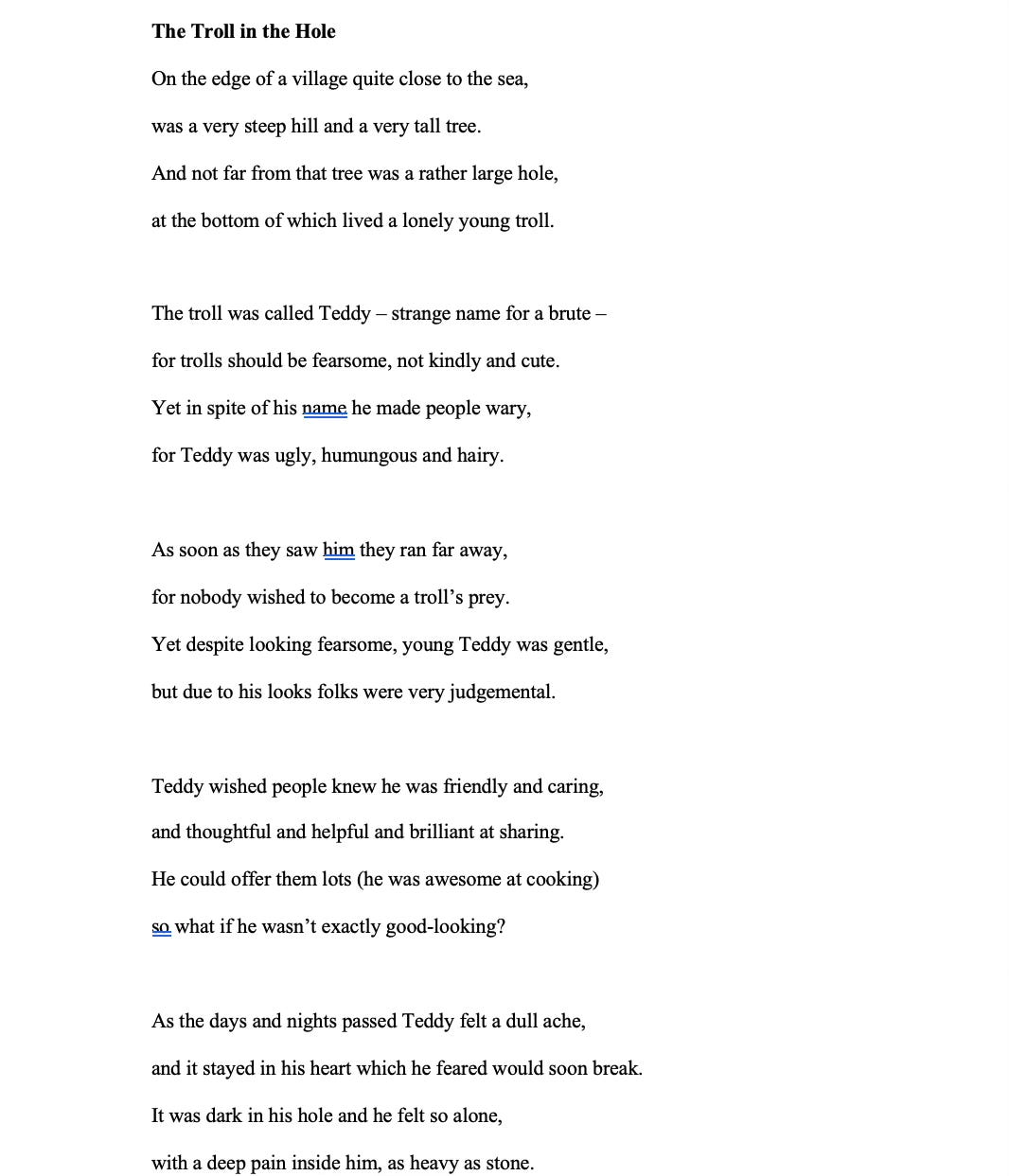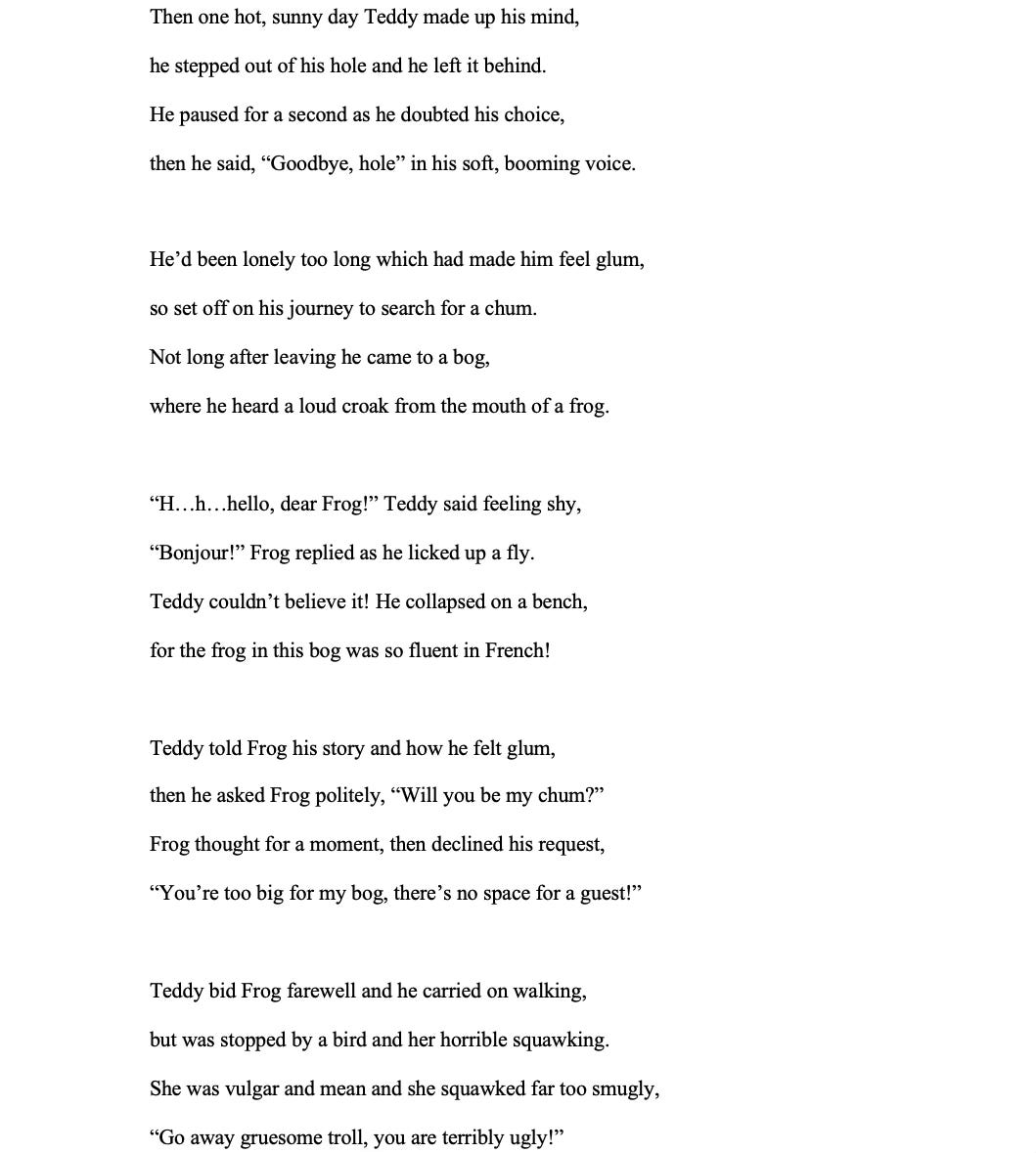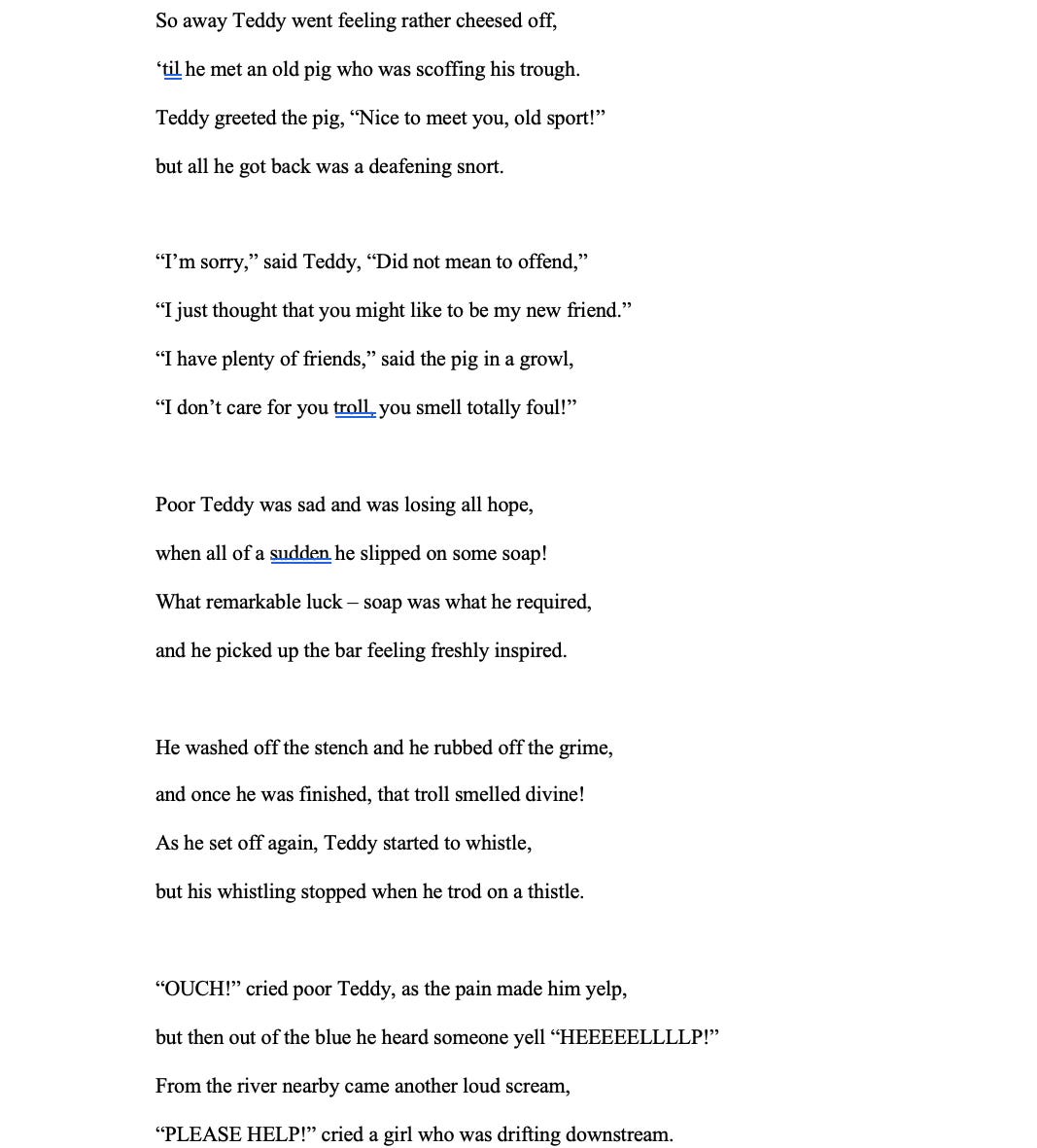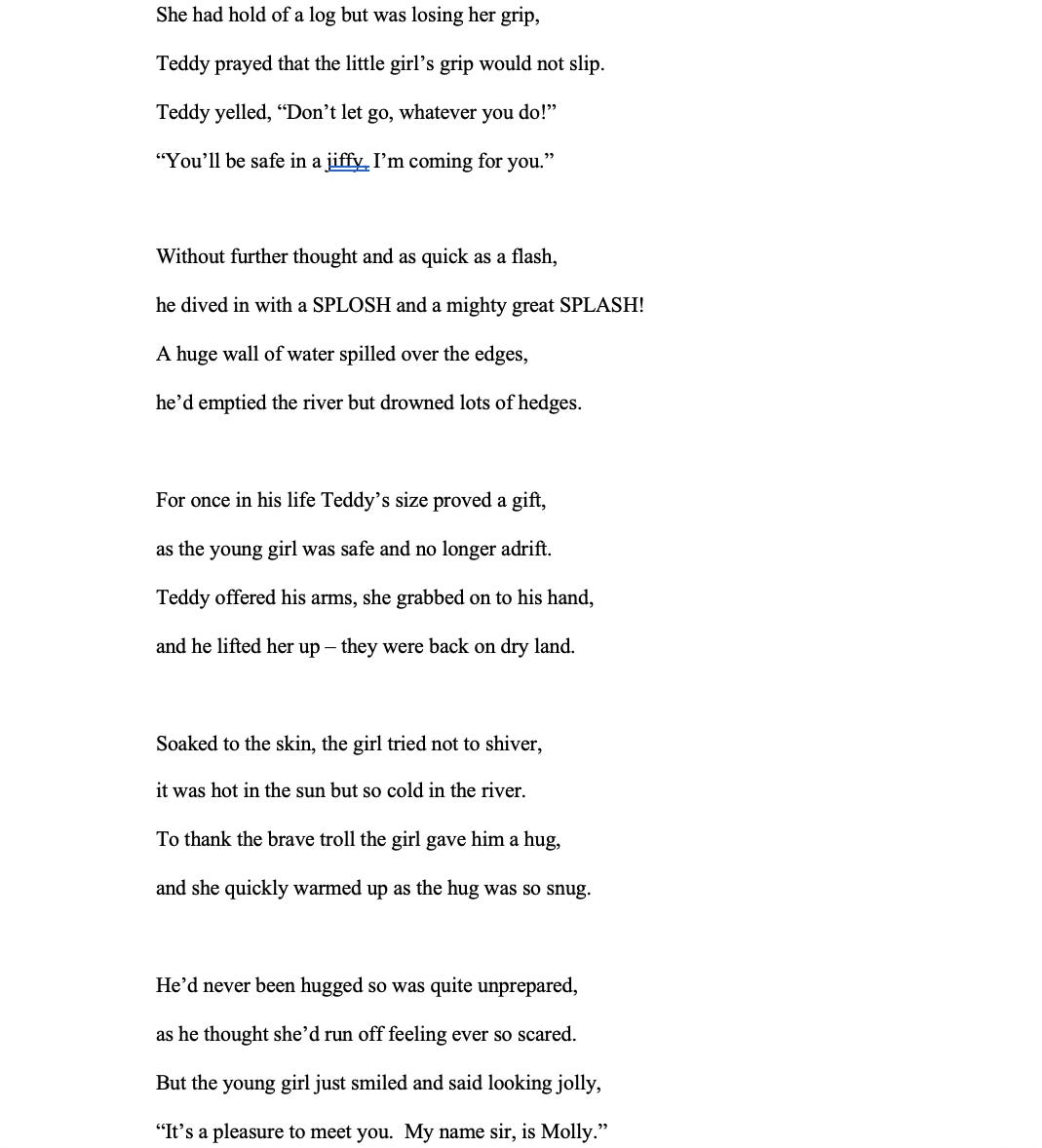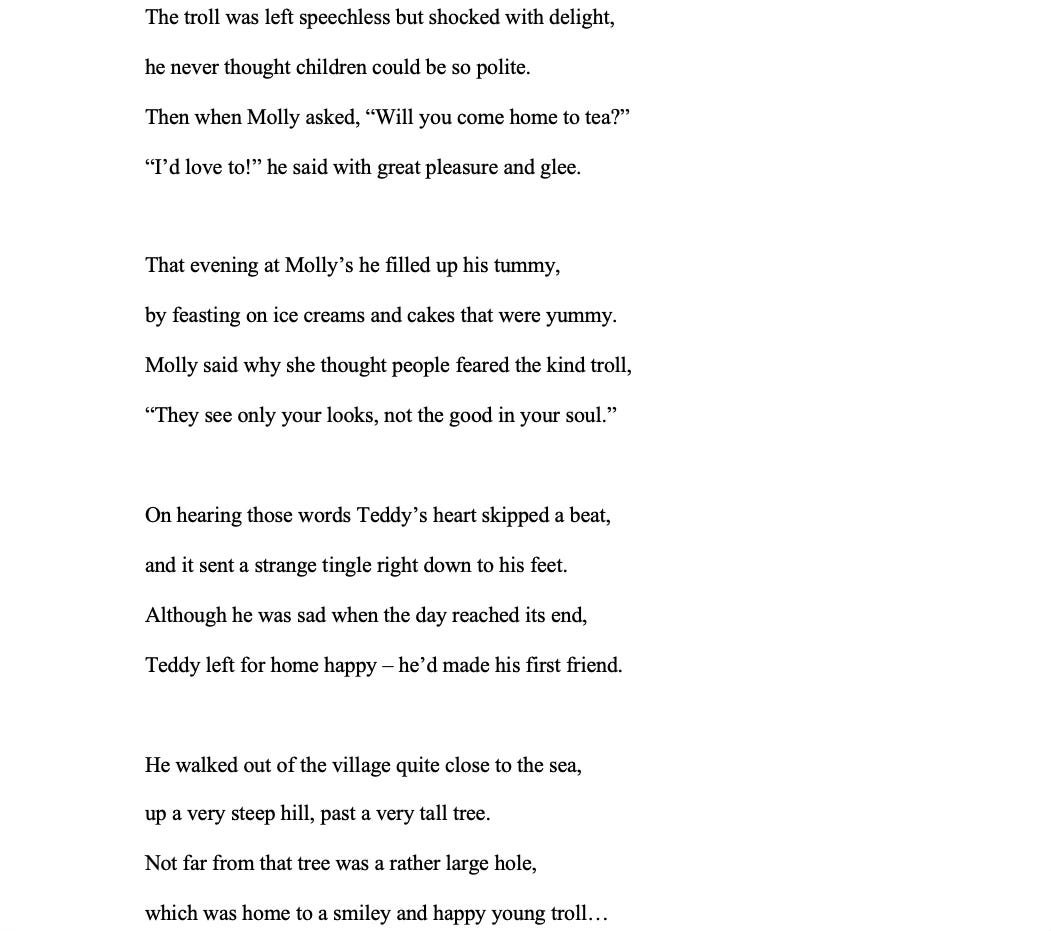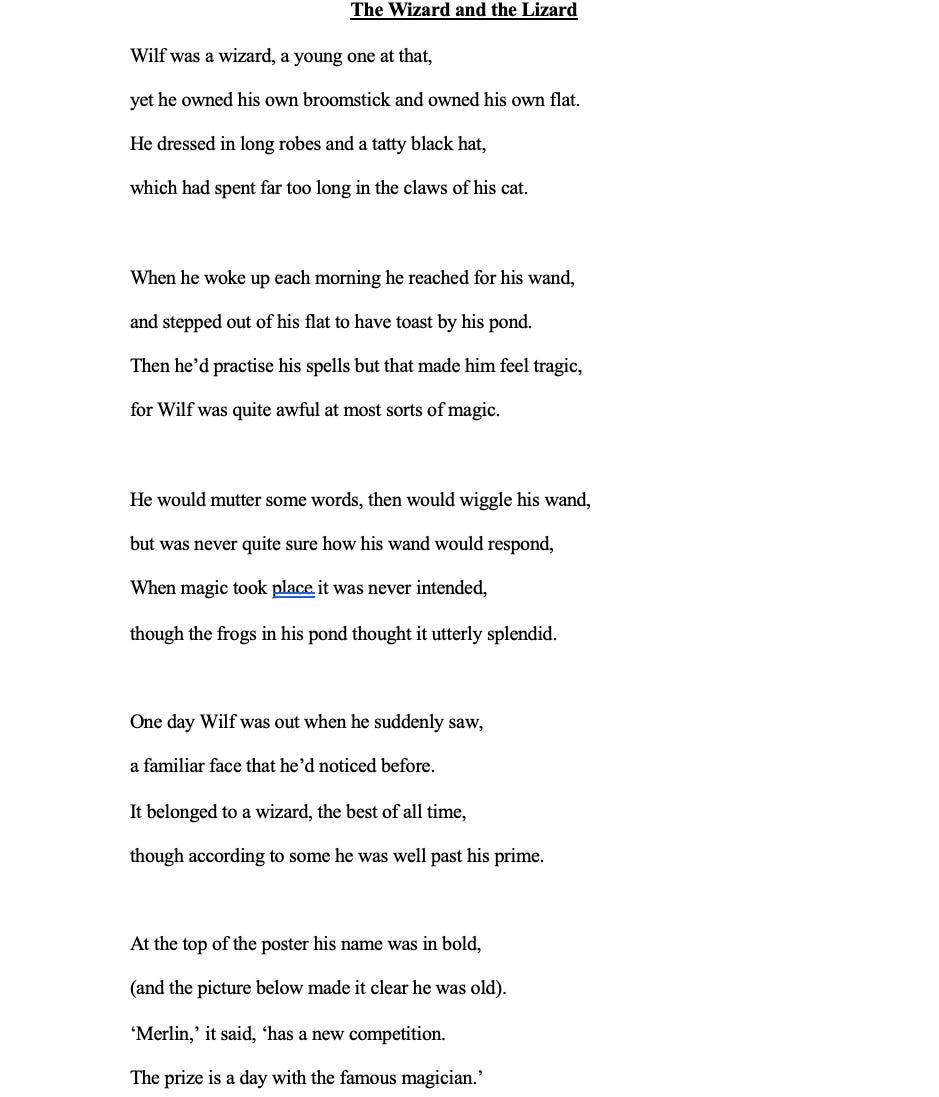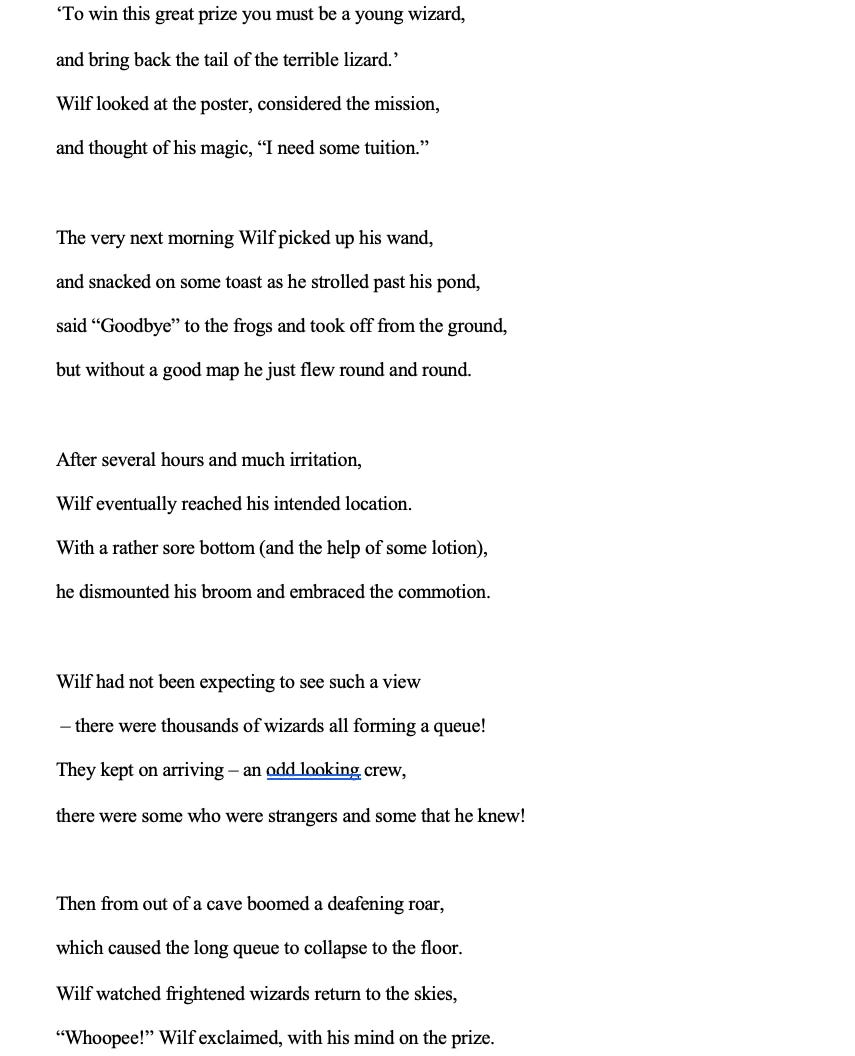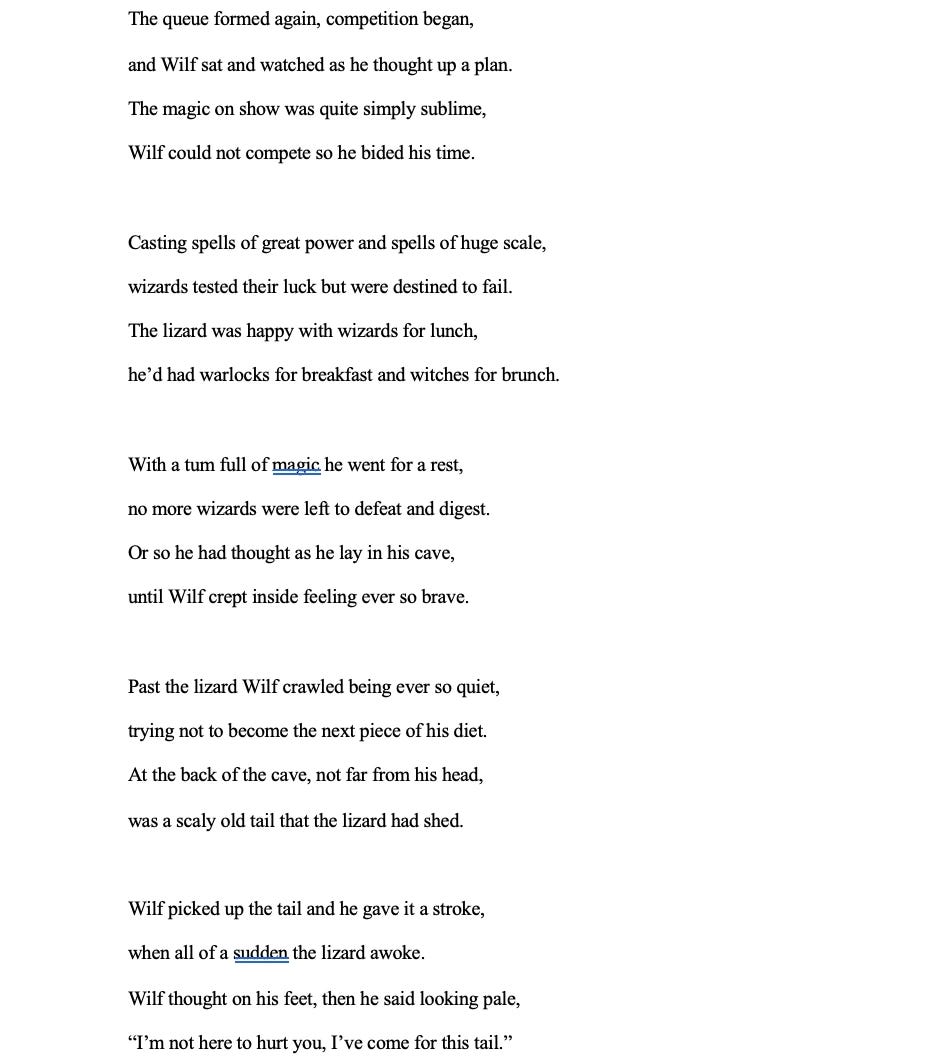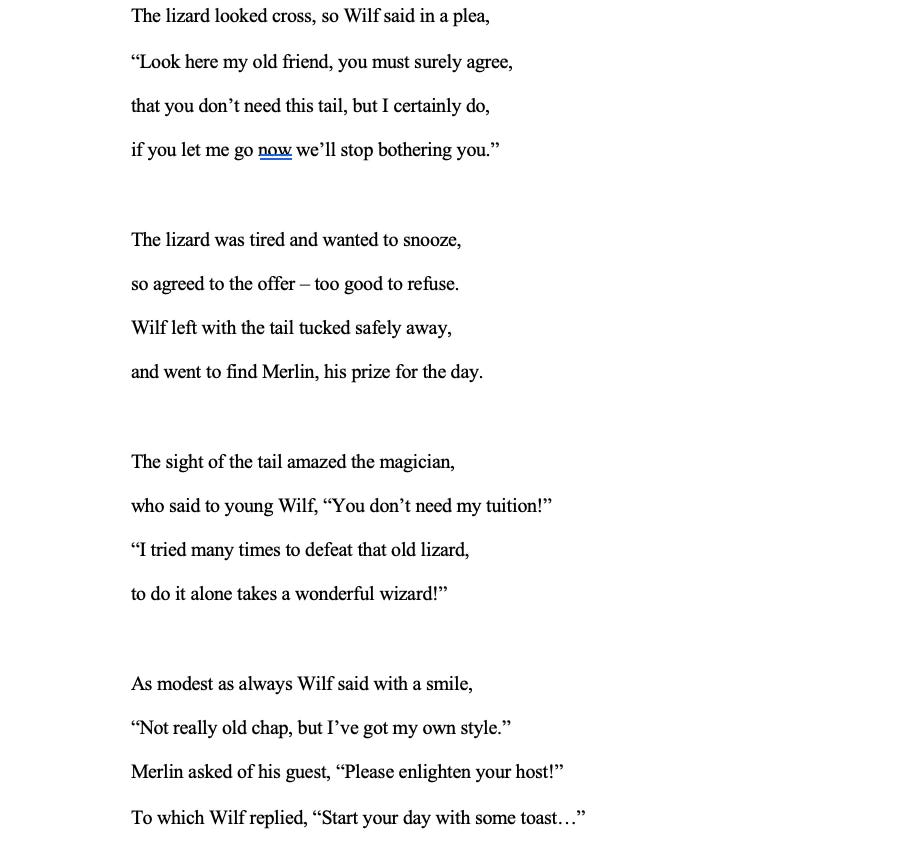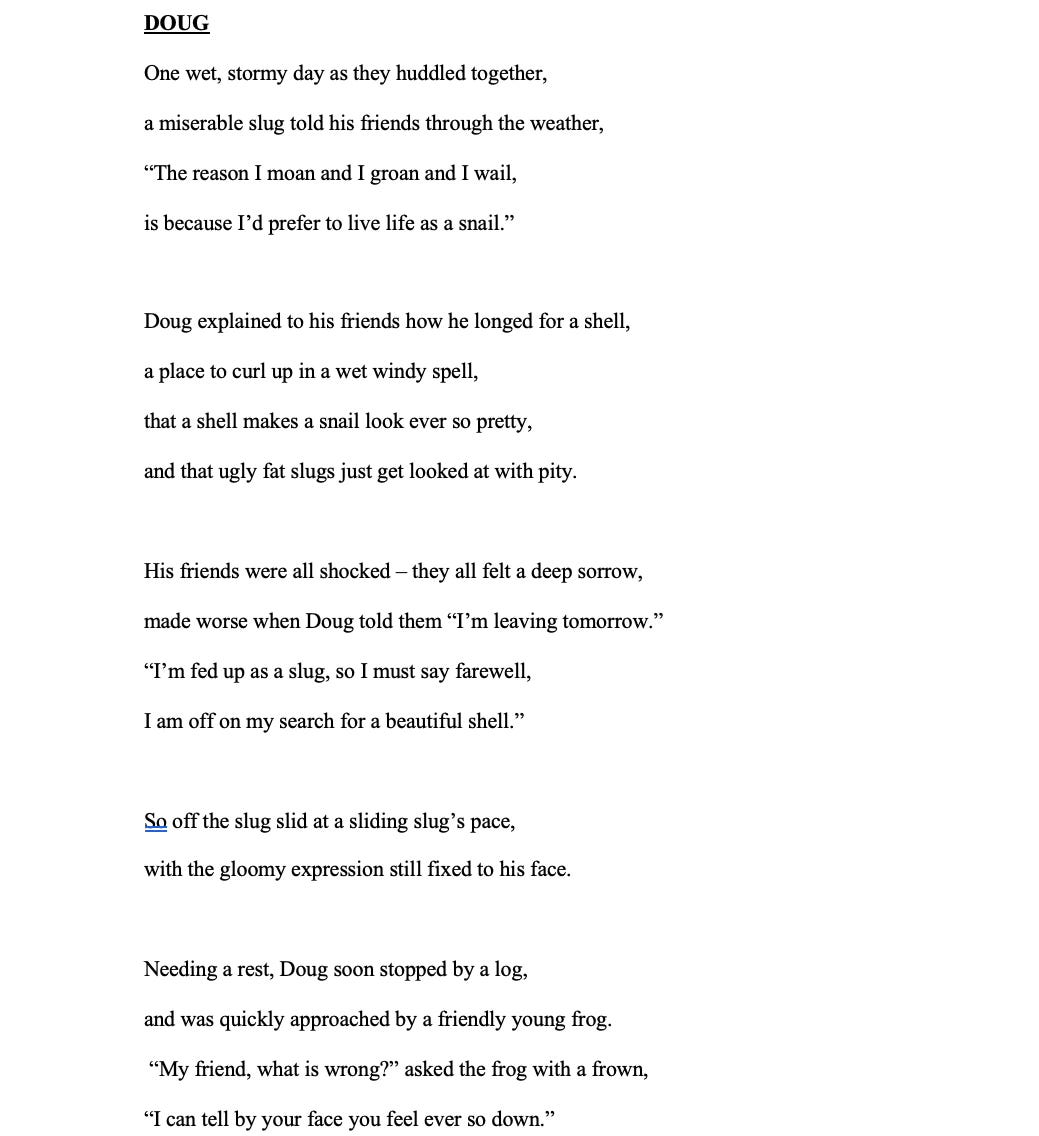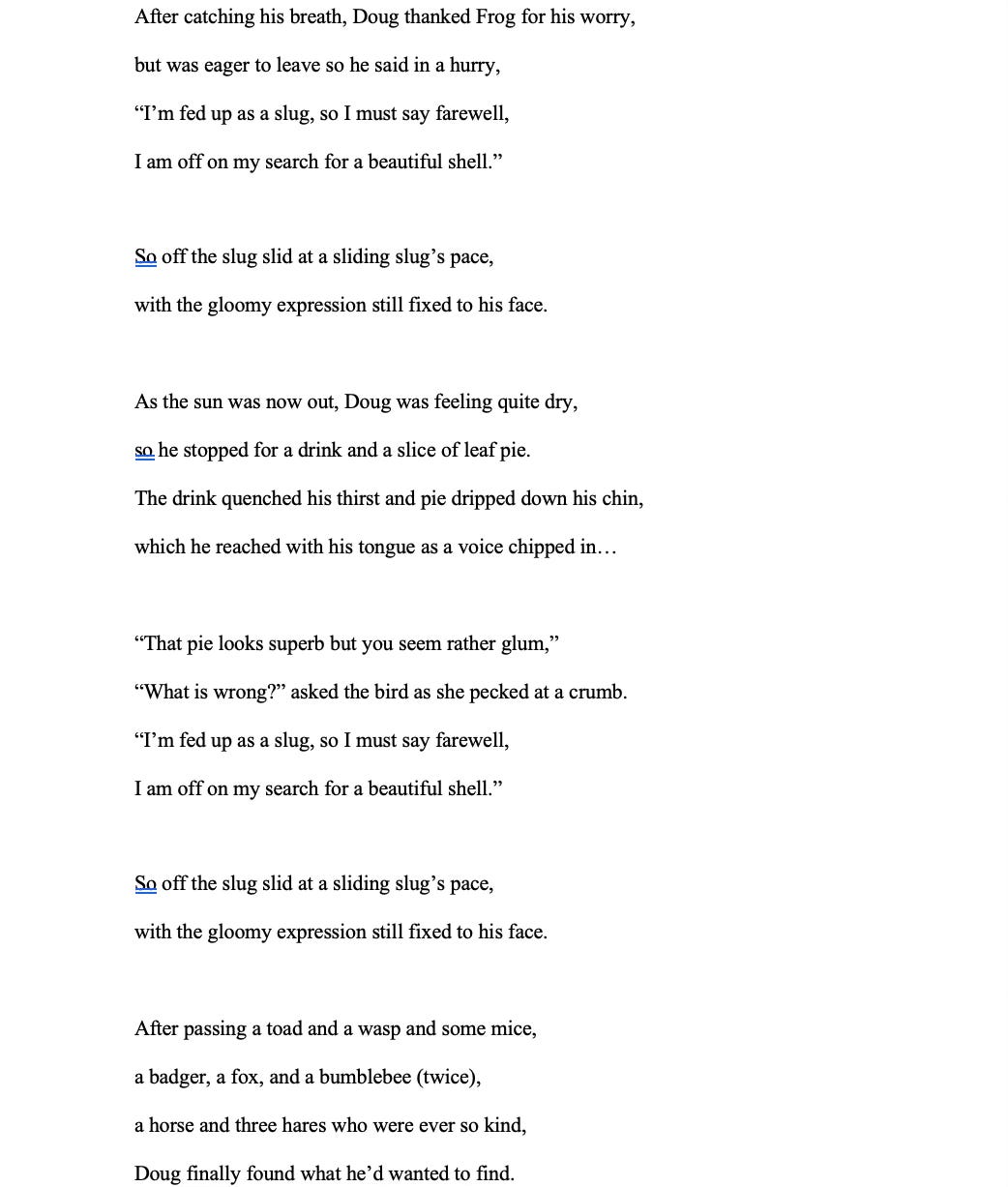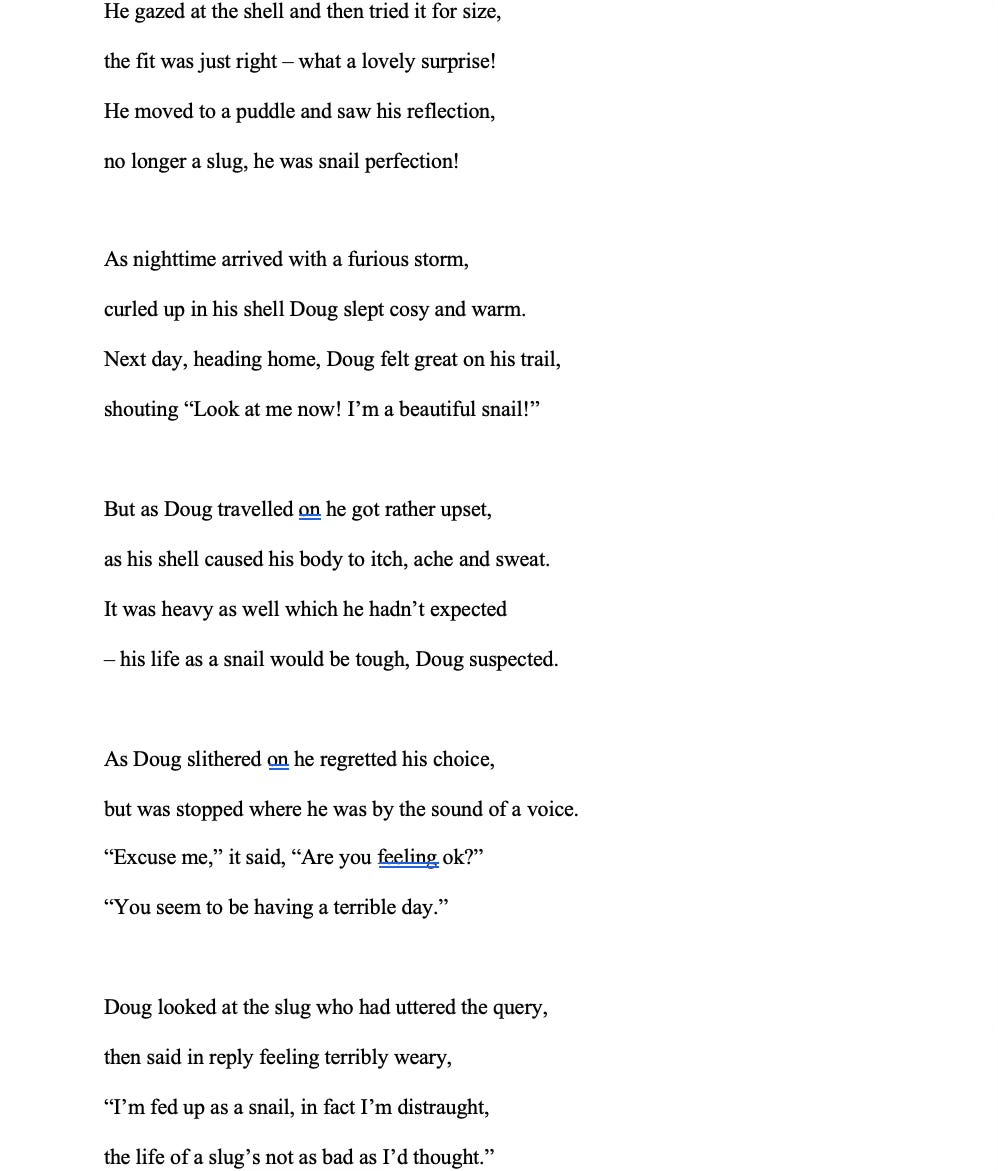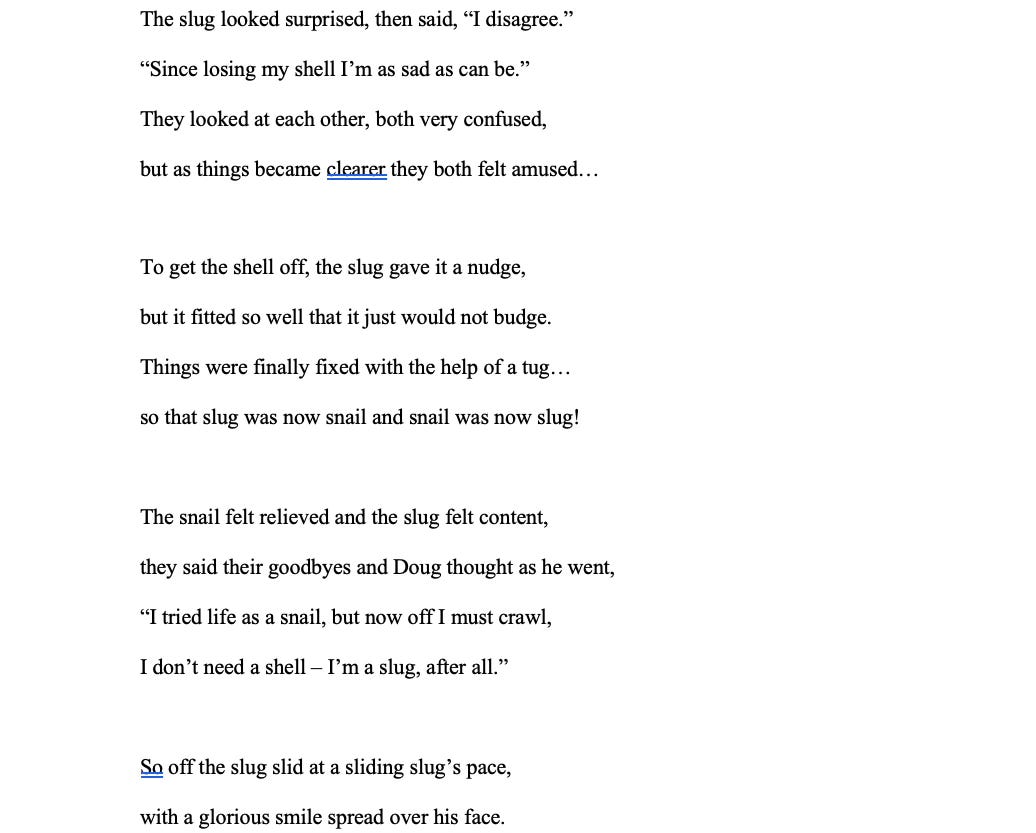Approaching Agents #2: EVERYTHING I submitted - and the results
in which I share my cover letters, synopses, the seven manuscripts I sent, and my rejections and offer.
Hello!
Welcome to the second post in my Approaching Agents series, in which I document my journey from first query to signing with my agent, Sallyanne Sweeney, in October 2013.
It’s a lonnnnnnnnng one – so if you’re about to sit down to read this (seriously, sit down to read this. You’ll thank me later), you might want to make yourself a hot cup of something or other first, or cancel your plans for the next three weeks, which should give you just enough time to get to the end.
Anyway, my previous post provided an insight into what I did in the lead up to querying agents, and an overview of my submission statistics, which I’ll quickly recap now:
I approached 13 agents, but did 14 submissions, as I submitted a new text to one agent I’d already queried.
All but one responded, and the average wait for a response was 30 days.
The time between first query and first offer was 132 days.
Today, I’m going to share the manuscripts, synopses, and cover letters that I submitted, as well as take a look at the sorts of rejections I received (as not all were template rejections), and how I felt about them. And, of course, I’ll share the correspondence with Sallyanne that eventually led to her offer to represent me.
But, first, a word of warning: what follows may make you cringe! That’s certainly the effect that revisiting my early manuscripts and cover letters had on me. I made lots of mistakes – no doubt you’ll be able to spot them – but what I did wrong is the topic I’ll cover in the next post of this series.
Anyway, I hope you’ll gain something from what I share. Whether that’s reassurance, solidarity, hope, confidence or simply a good old laugh at my expense remains to be seen – but whatever it turns out to be, feel free to let me know!
The manuscripts I submitted to agents…
In total, I submitted seven manuscripts (in various combinations) across my 14 submissions to agents.
But two of those manuscripts – the ones that helped me secure my agent – did not feature in the first 12 submissions. So, let’s look at the other five first:
The Troll in the Hole / The Tale of Teddy the Troll
This was my first ever picture book manuscript. By my 11th submission, I decided a change of title might be a good idea, so The Troll in the Hole became The Tale of Teddy the Troll. I still can’t decide which is better. Luckily, that doesn’t matter, as it will never become a book.
Here’s the synopsis I submitted for it:
The Troll in the Hole is about a young troll called Teddy and his search for friendship. Despite being gentle and genial, Teddy is extremely lonely, as people are always scared off by his looks. One day, Teddy makes the brave decision to leave his hole and go in search of friendship. After being rejected by several animals for being too big, ugly and smelly, he finally finds friendship after rescuing a young girl from drowning. Able to see beyond his looks, Molly invites him to tea. Teddy is overwhelmed with delight at making his first friend, and returns to his hole a much happier troll.
And here’s the text itself:
The Wizard and the Lizard
My second-ever picture book manuscript.
Understandably, this never got submitted to publishers, but when, later, I was asked by an editor whether I had any ideas for longer texts, I revisited all my picture book manuscripts and saw something in this one. I developed the idea, which eventually became Fred: Wizard in Training, the first in a series of three young-fiction chapter books. So that was nice!
Here’s the synopsis I submitted to agents:
The Wizard and the Lizard follows Wilf, a young wizard with little magical ability.
One day, he decides to enter a competition to win a day with Merlin. To win, he must bring back the tail of the terrifying lizard. Although he is by far the worst magician at the competition, Wilf finds his own way to get the tail, and takes it to Merlin. The great wizard is amazed that Wilf achieved something he failed to do, and it is Merlin, rather than Wilf, who is left asking for magical tuition.
And the text itself:
Doug
Ah – the oft-told tale of the slug who wants to be a snail.
You might assume upon reading Doug that I simply copied/tweaked the concept for Norman the Slug with the Silly Shell, given that it preceded my manuscript by a couple of years. But you’d be wrong. I’ve still never read it, and just had to look up when it was first published.
This was a text that I ended up working on with Sallyanne, as we saw thought it had some promise, but in the end it never got submitted to publishers. And I’m fairly confident that it would have received unanimous rejections had it gone out, due to the existence of Norman).
Anyway, synopsis:
Doug is about a grumpy slug who dreams of being a snail. Envious of snails’ beautiful shells, Doug sets out to find one for himself. When he finally finds his new shell, Doug is overjoyed. However, he quickly discovers that life as a snail isn’t quite what he expected, and he wishes he could go back to being a slug. Unfortunately, his shell fits so well that he can’t take it off. With the help of what Doug thinks is another slug (a snail who has lost his shell), he finally manages to solve his problem, and is content to return to life as a slug.
And manuscript:
Little Mouse, Little Mouse…
This text in particular makes me cringe. There’s just something about it that’s so… naff… and… amateur. I won’t list everything I think is wrong with it now. I’ll save that for the next post.
Safe to say, Sallyanne and I never bothered trying to revise this one!
But here’s its synopsis:
Little Mouse loves to sing at every opportunity. Unfortunately, Little Mouse is tone deaf, and the other animals beg him to stop singing. Although stubborn, he finally gets the message. On his way home, Little Mouse is consoled by a wise owl, who encourages him to continue singing. The other animals are shocked to hear his voice again, but when they find out why, they are not surprised – although wise, Owl is tone deaf as well!
And manuscript:
Keep reading with a 7-day free trial
Subscribe to Authorly Honest to keep reading this post and get 7 days of free access to the full post archives.





